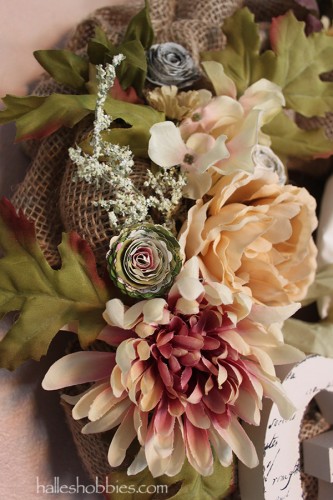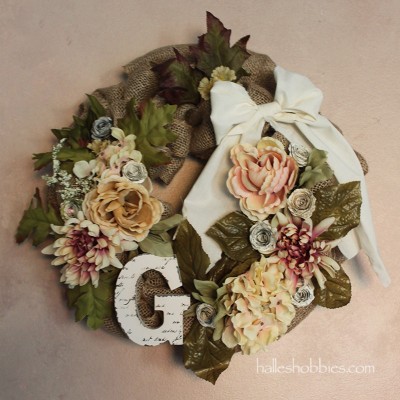Since we have entered April, which happens to be Earth Month…or at very least the month that we honor Earth day…I thought it fitting to “recycle” one of my upcycling posts for Second on the 2nd.
2/22/2013 Recycled T-shirt Bags
First of all, I have to admit that this is not my original idea. I’ve seen many versions of this on Pinterest. 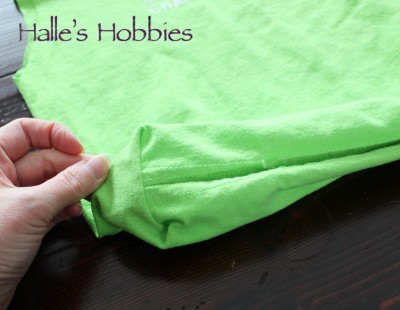
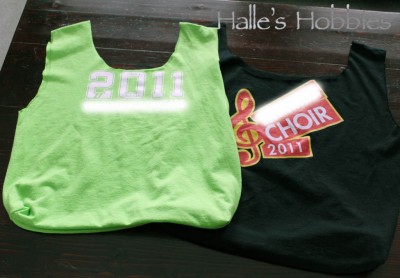 But after going through the kids clothes and coming up with 2+ garbage bags full to pass along to a friend, it inspired me to keep a couple school shirts for this project.
But after going through the kids clothes and coming up with 2+ garbage bags full to pass along to a friend, it inspired me to keep a couple school shirts for this project.
This project couldn’t be an easier. I turned the shirt inside out then stitched the bottom closed. Next was the box pleat to create a flat bottom. Basically you sew perpendicular to the bottom seam at each corner. You end up with a triangle of fabric that is not usable bag space. Gosh, I think I’m making that more complicated than it really is!! Here’s a link that shows the process if I just confused you.
Anyway…then I turned the shirt back right side out and cut off the sleeves and made a scoop cut at the neckline. No pattern just start cutting. We all know what a plastic handle bag from the grocery or discount store looks like….that’s what you are going for in shape.
All in all, not too shabby for a few minutes work. It saved a couple of shirts from the rag pile since they’d likely never be worn again.
Little J claimed the lime green one as soon as she returned home. It was her shirt to begin with so now it will continue to serve her in a different capacity.
~~~~~~~~~~~~~~~~~~~~~~~~~~~~~~
Won’t you join me for
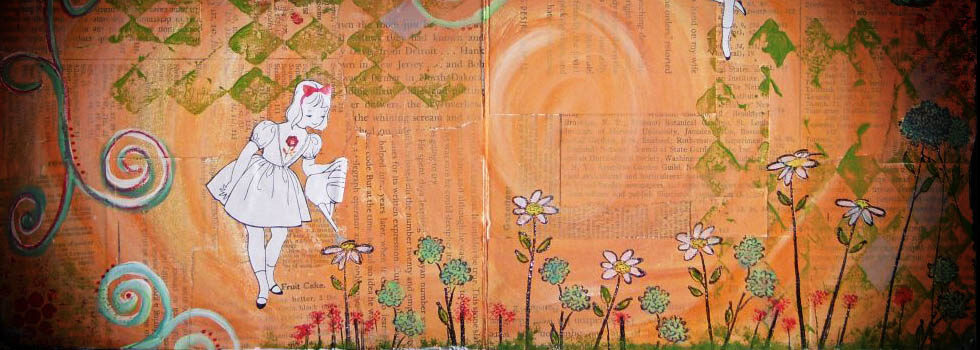
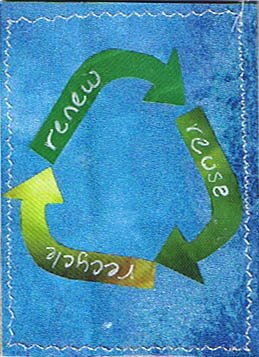
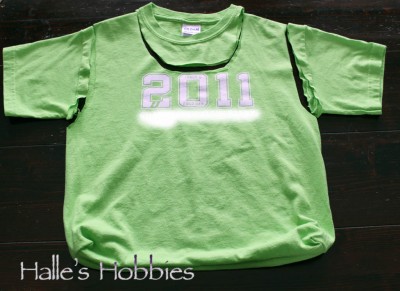

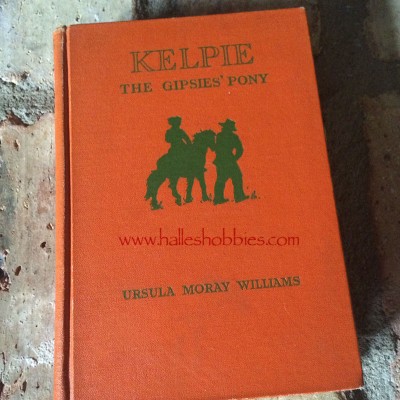
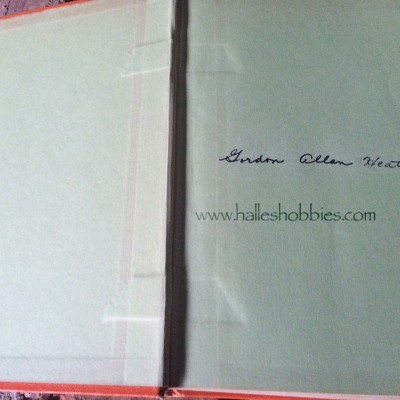
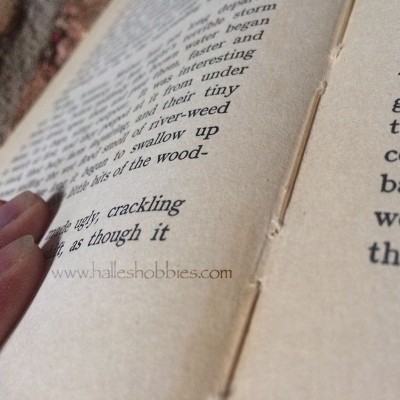
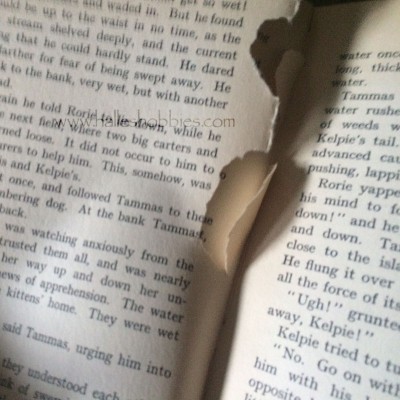
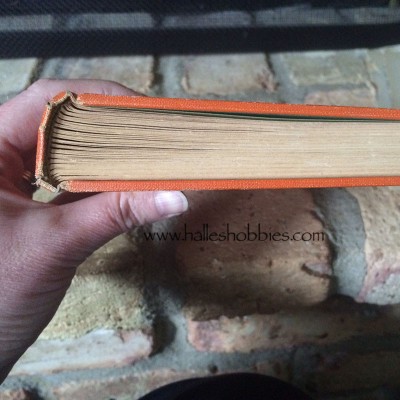
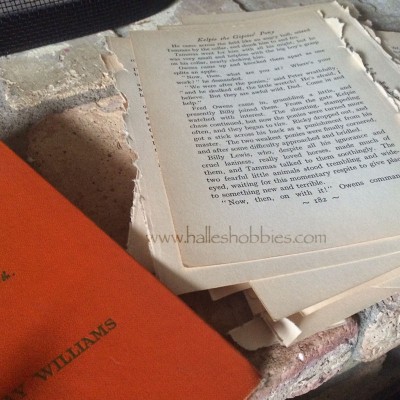
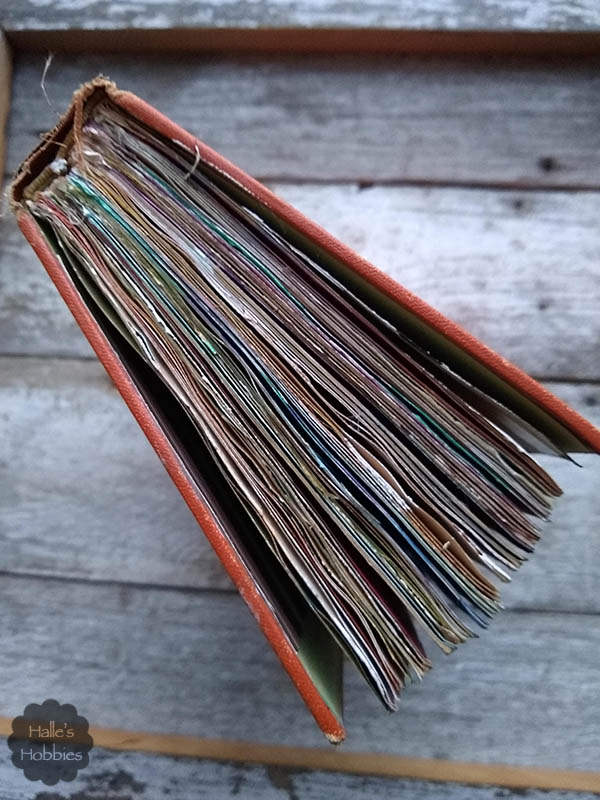
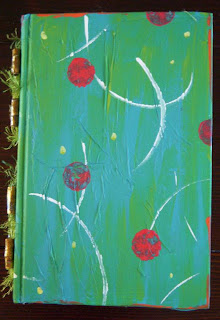
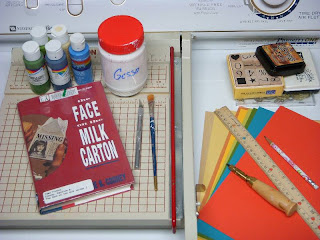
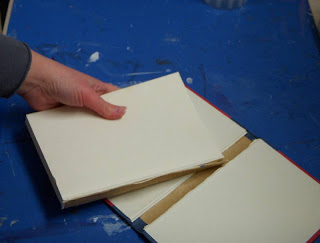
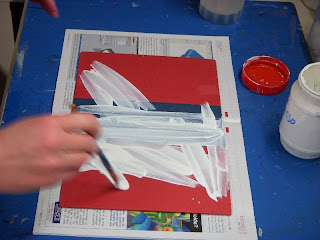




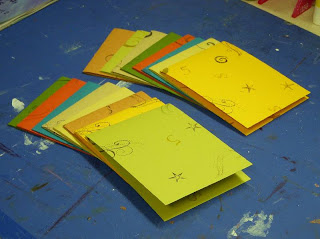
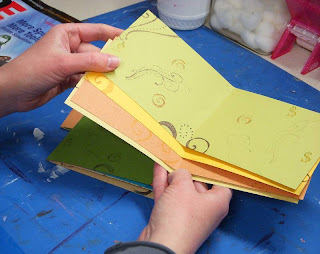













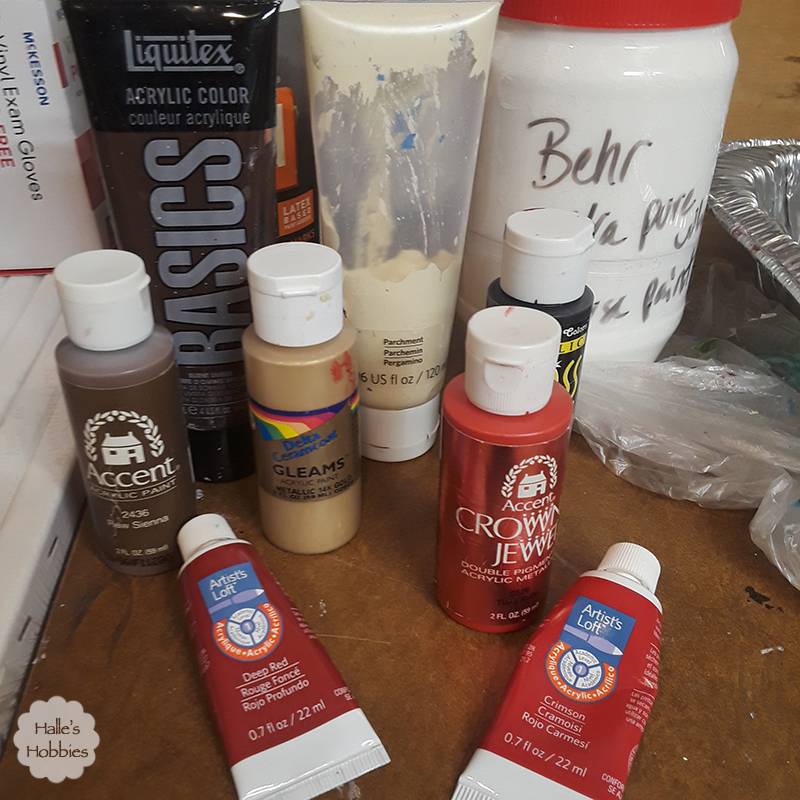
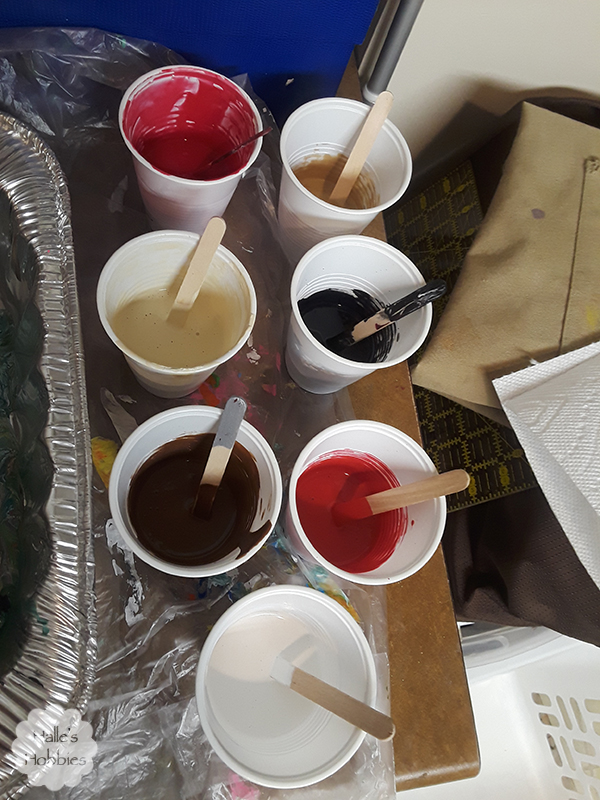
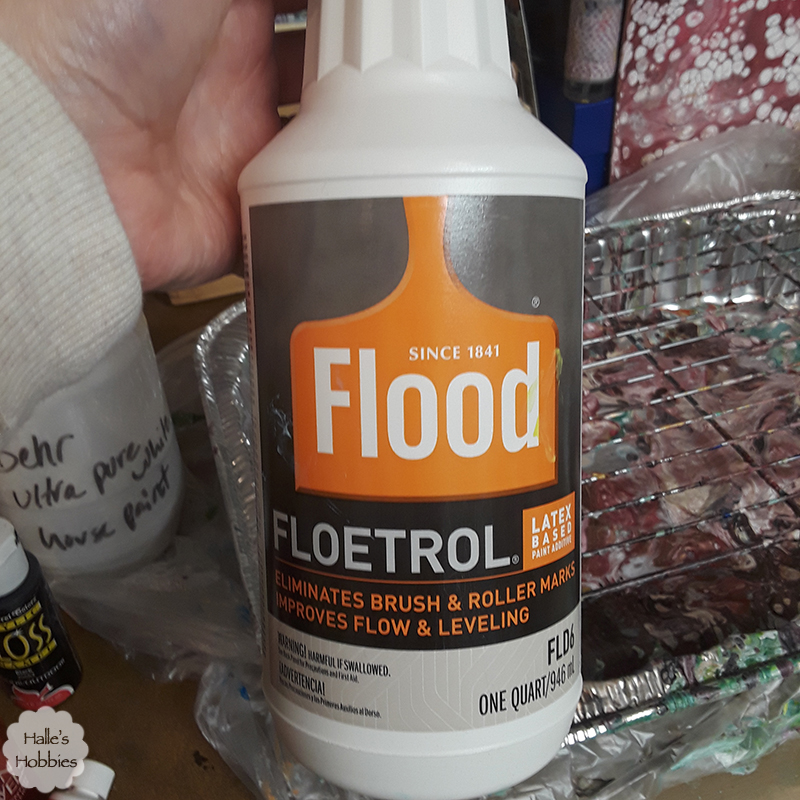
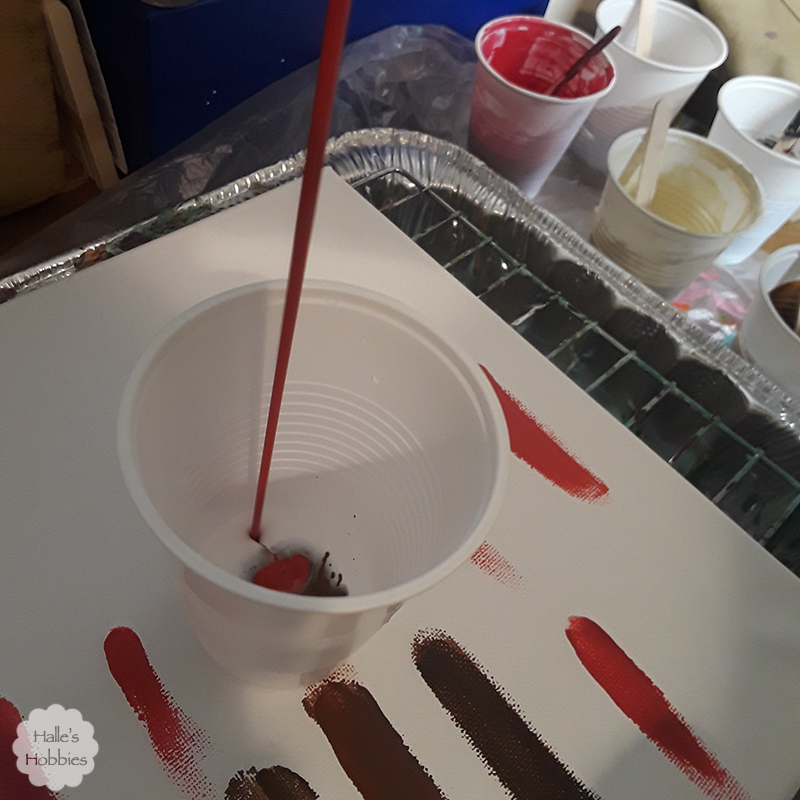
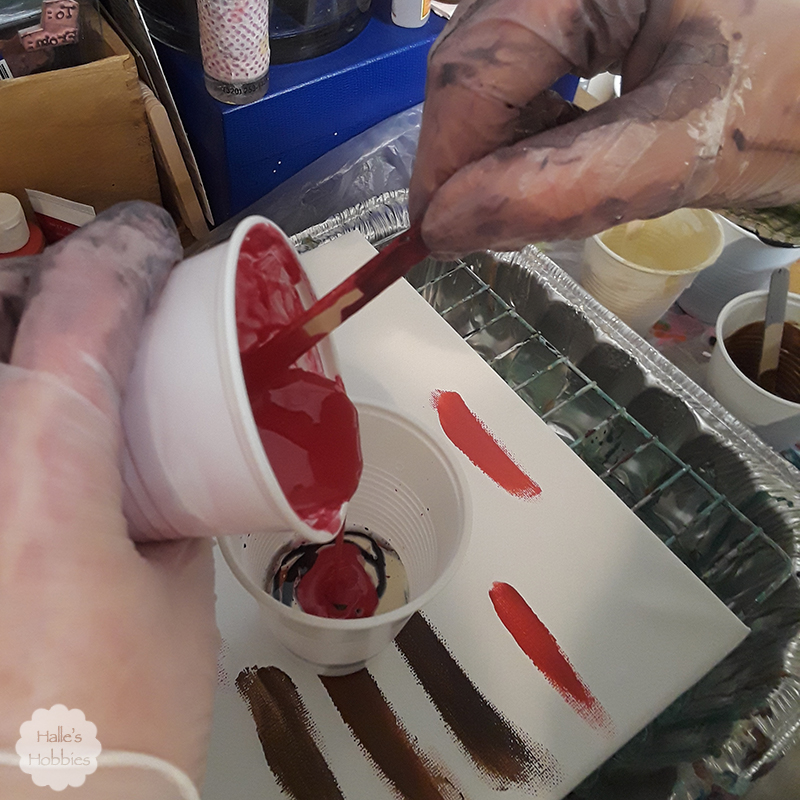
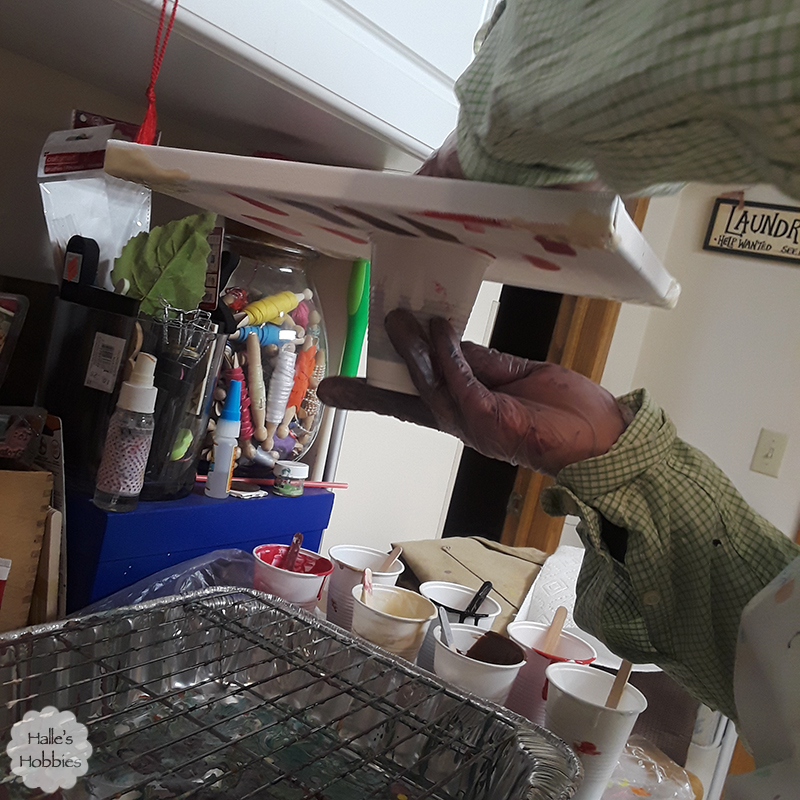
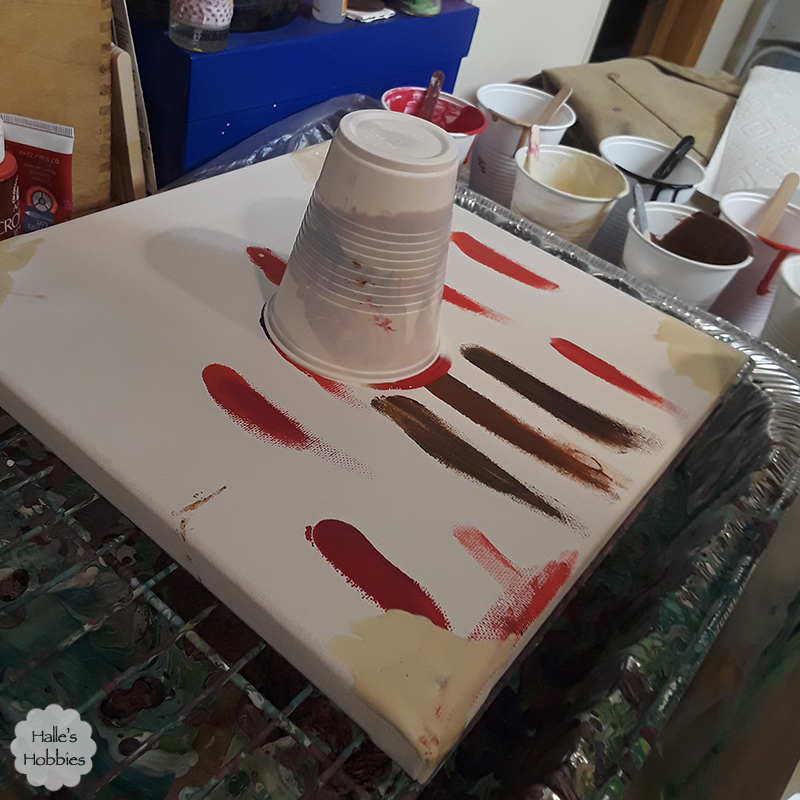
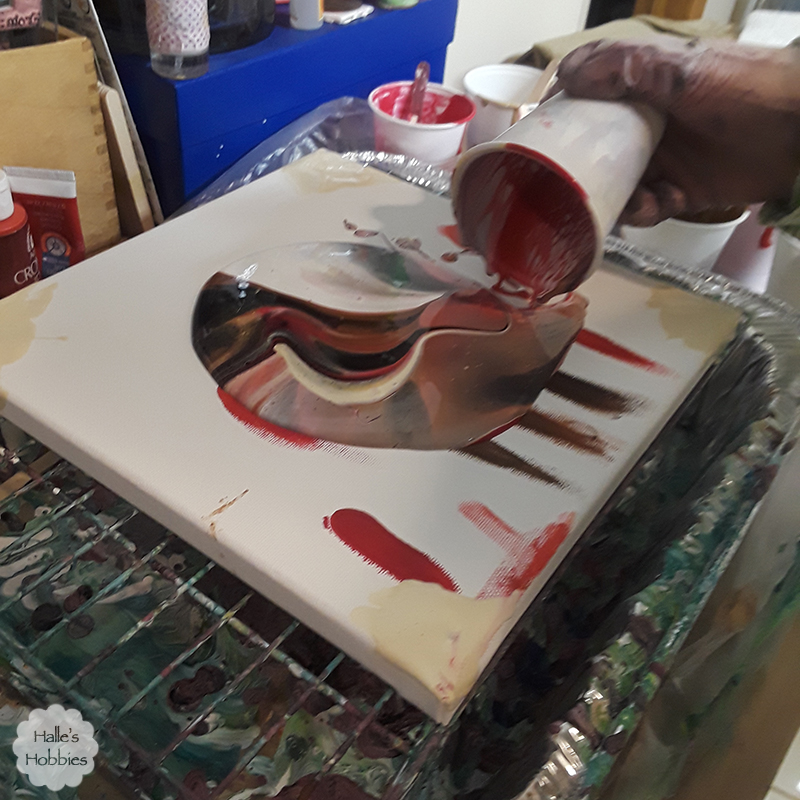
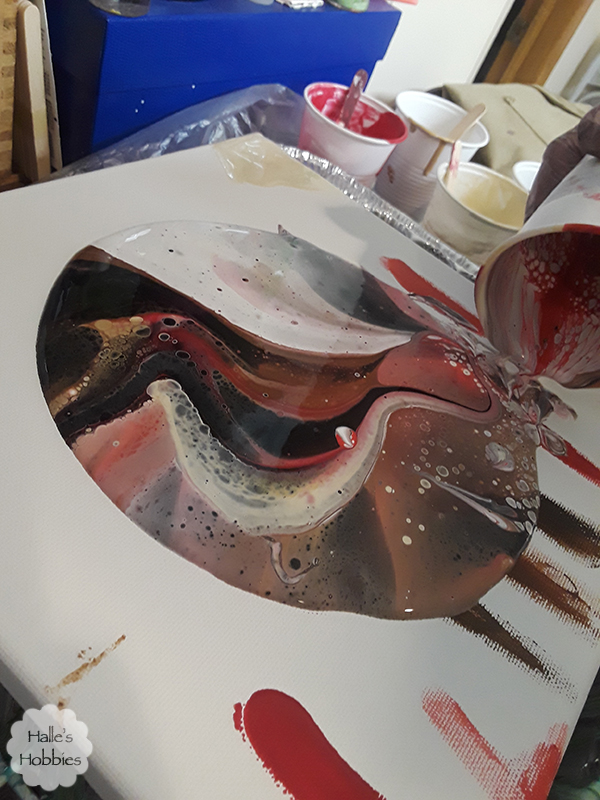
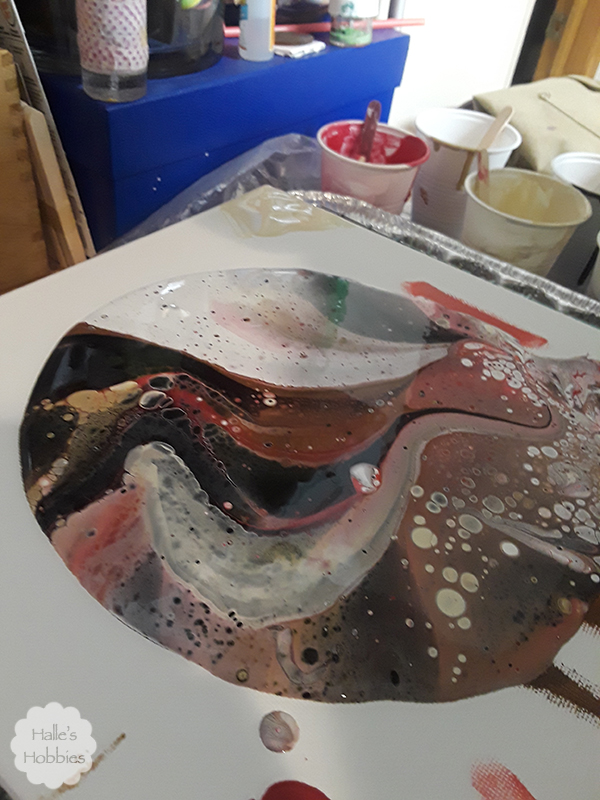
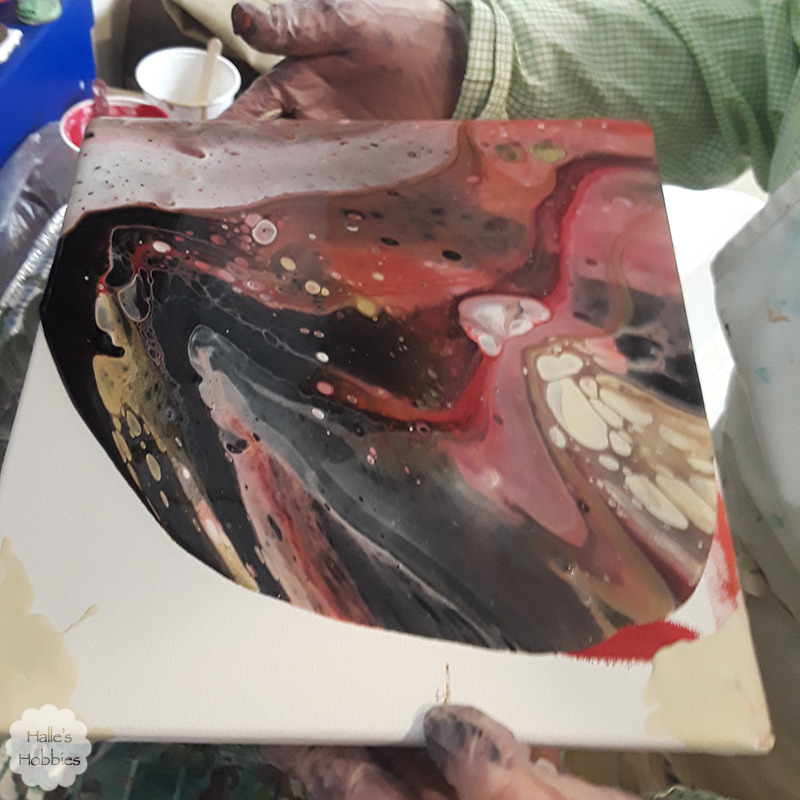
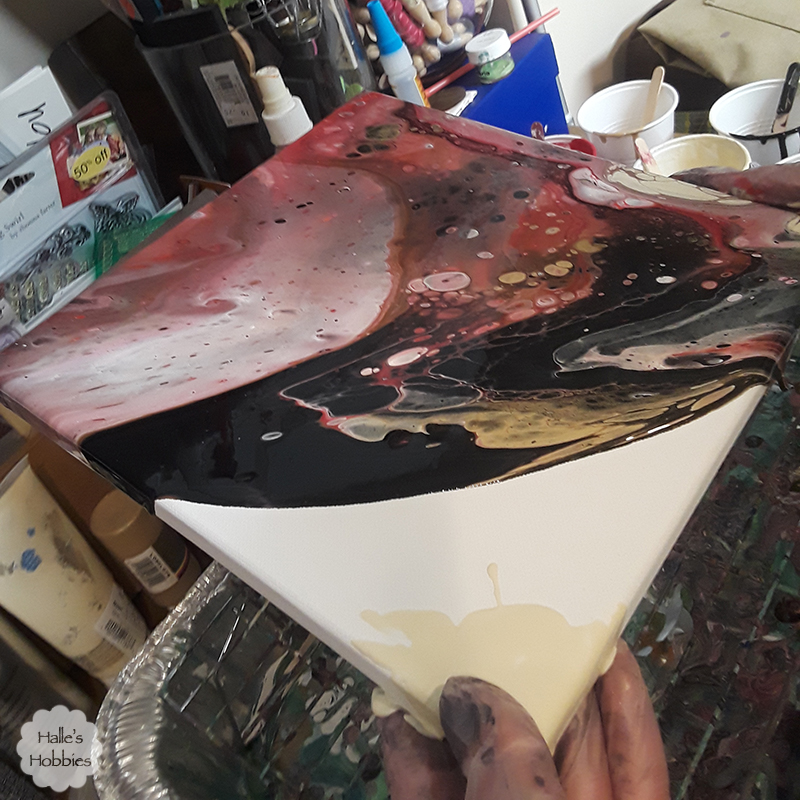
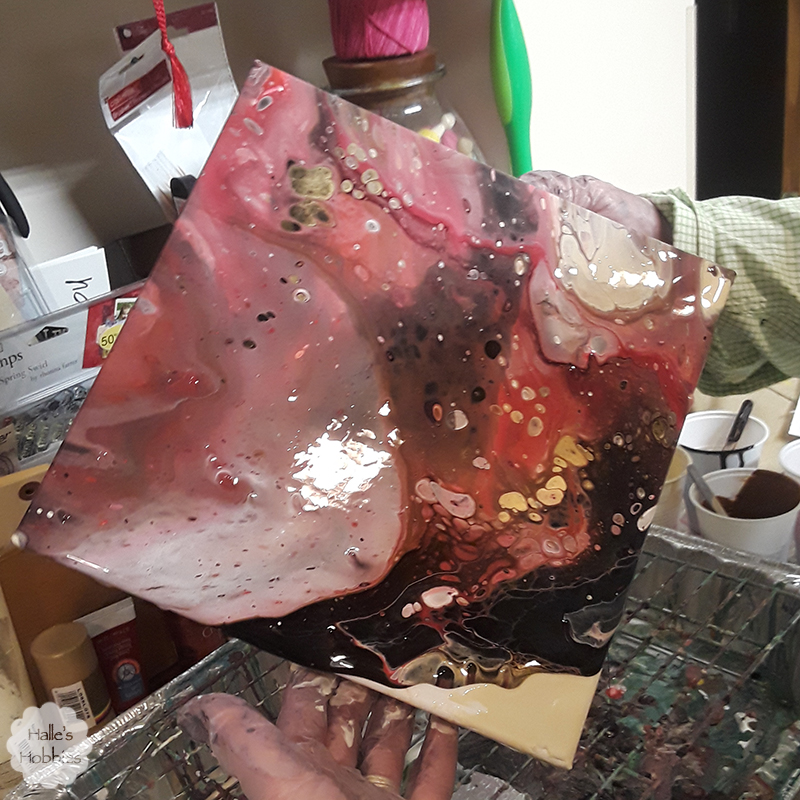
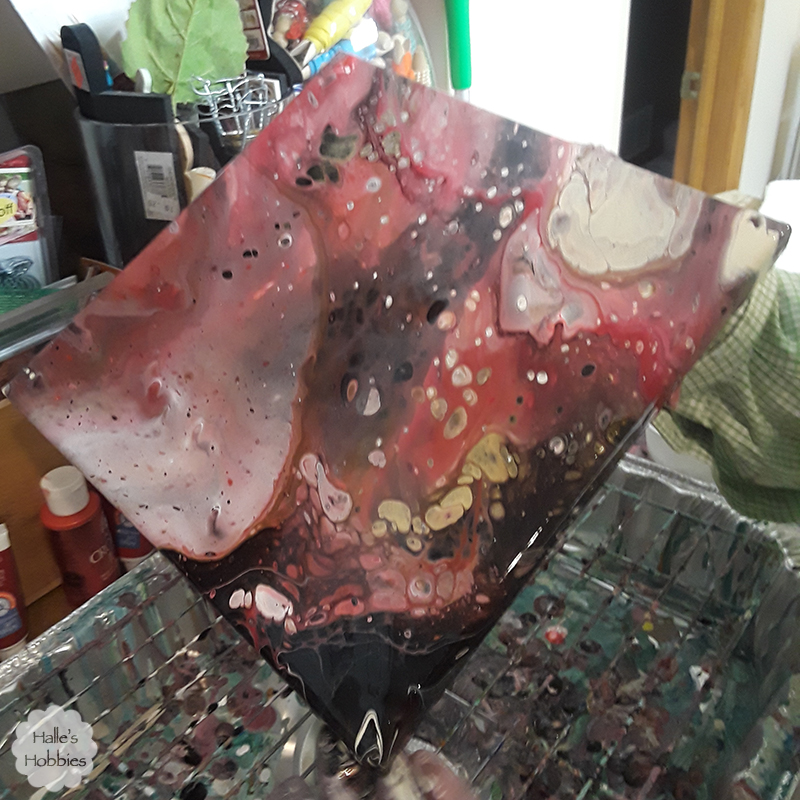
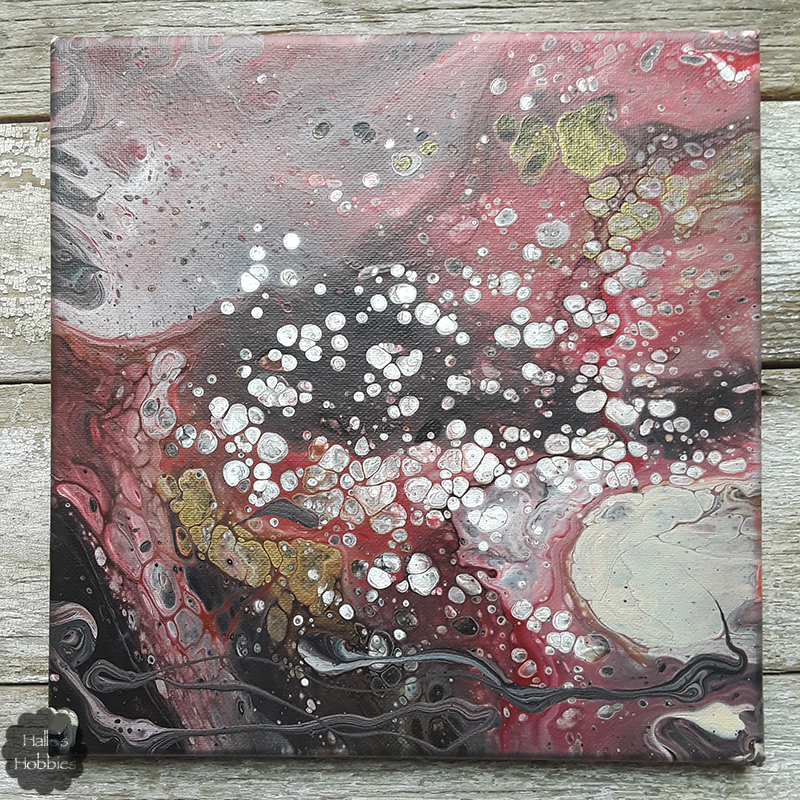
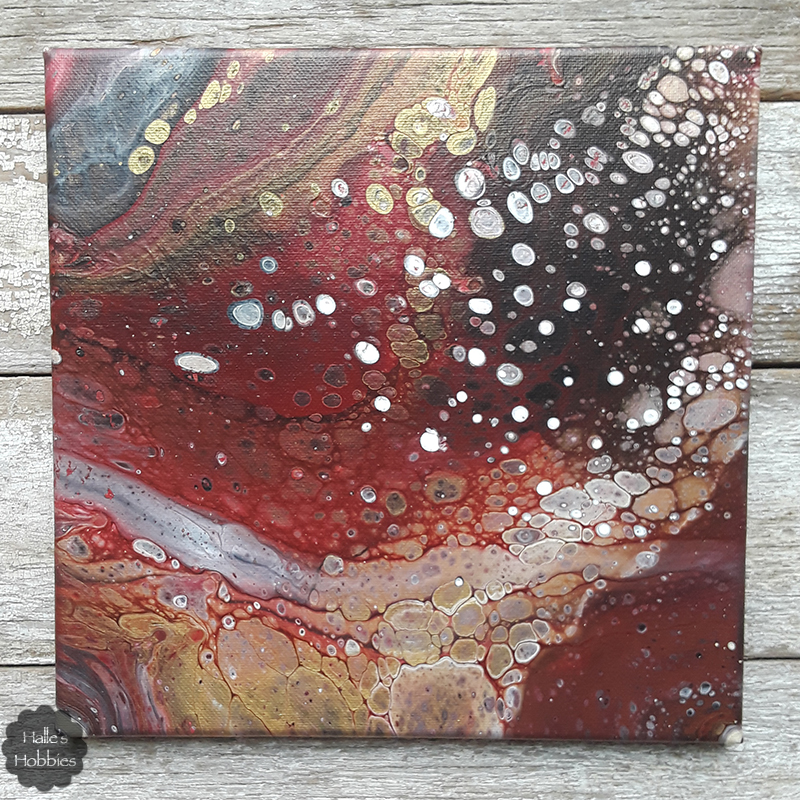

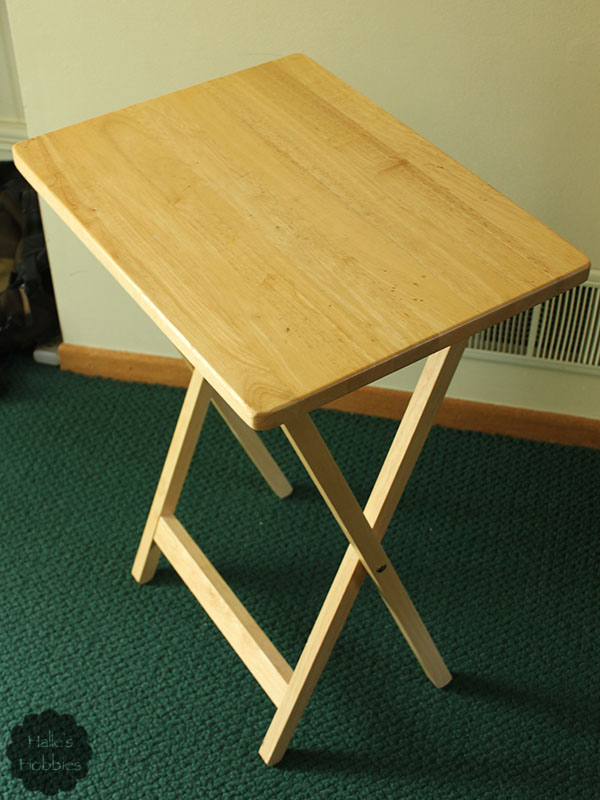
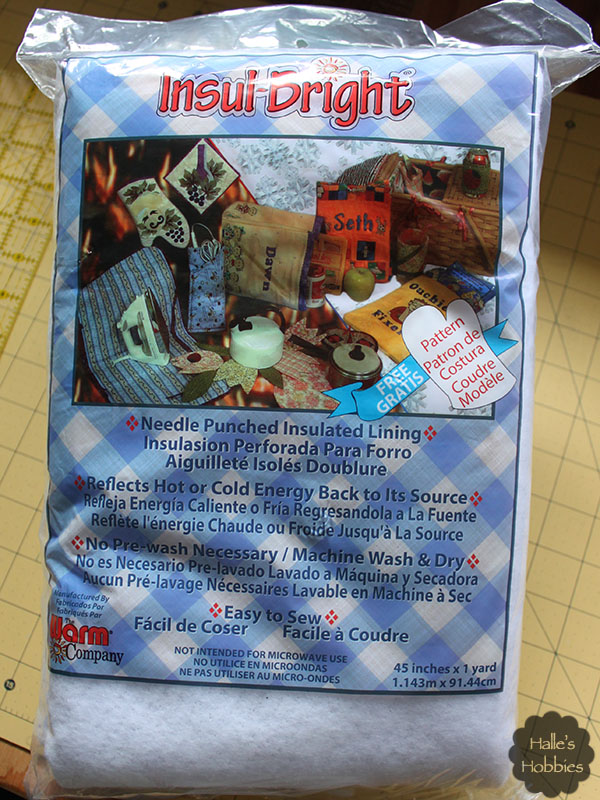
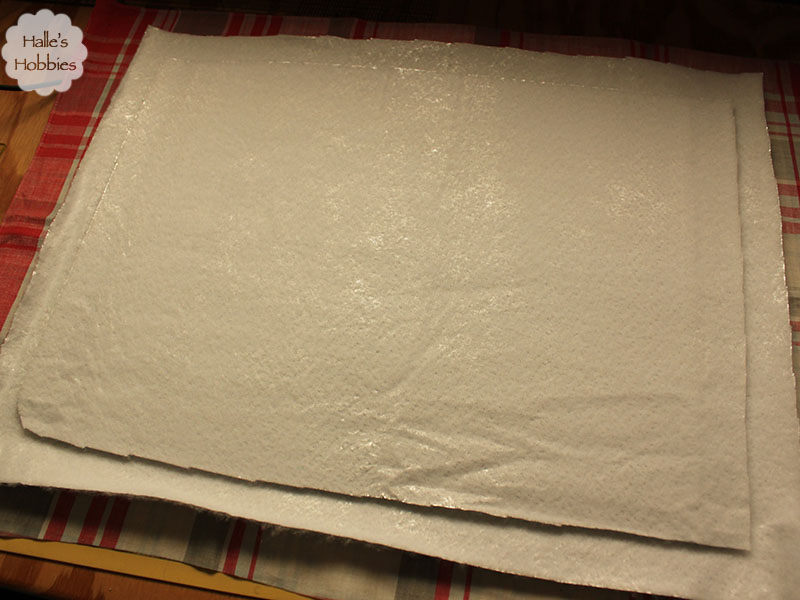
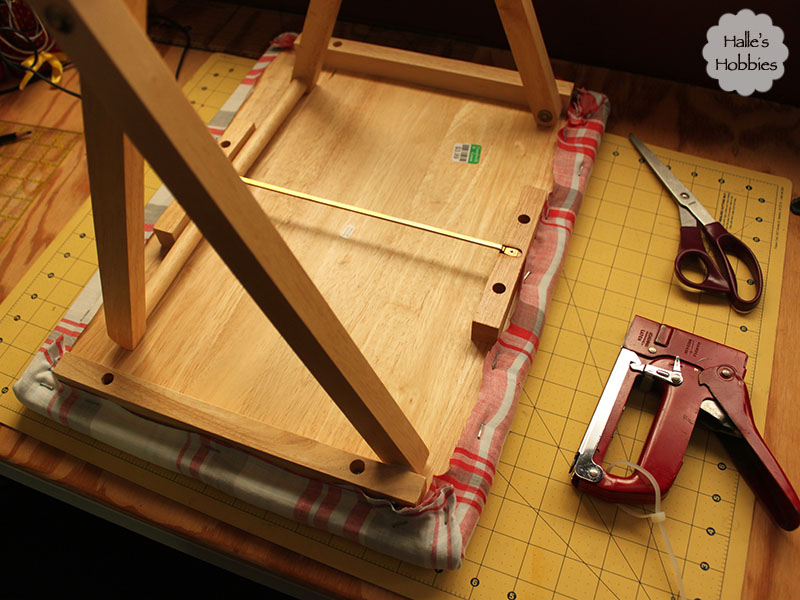
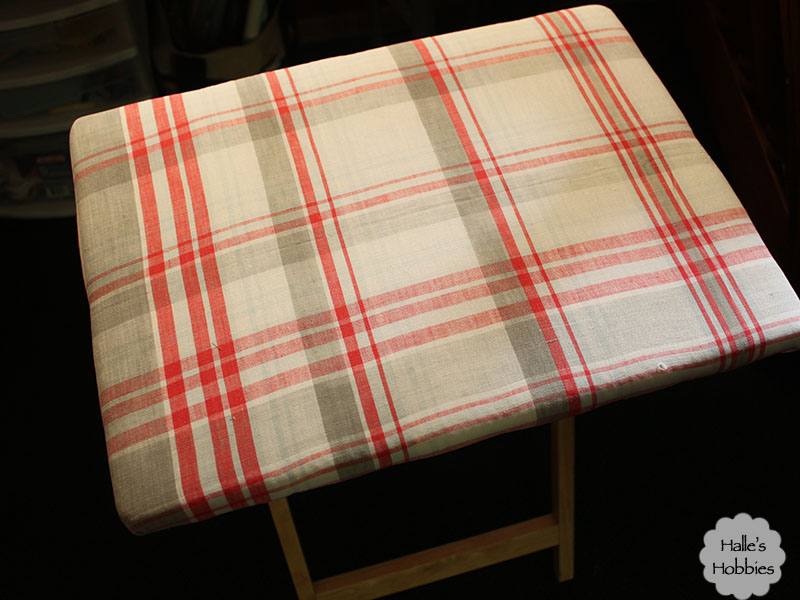
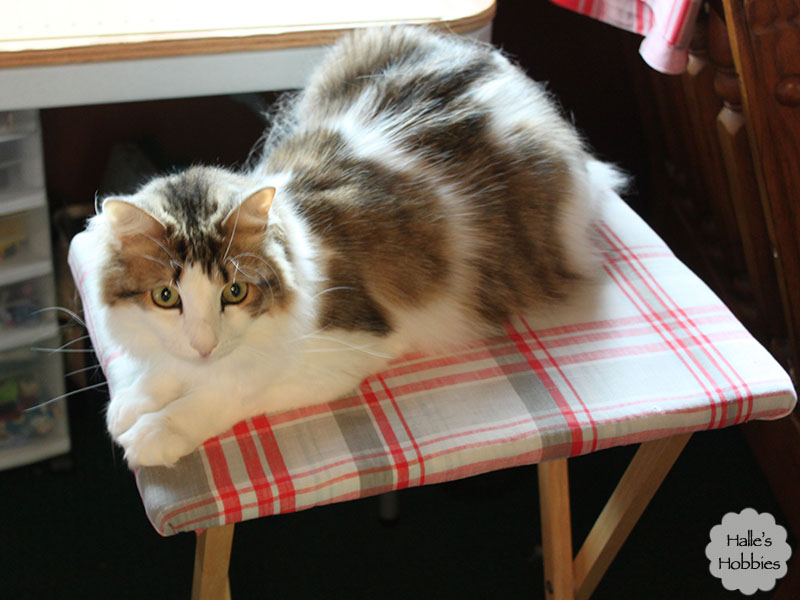
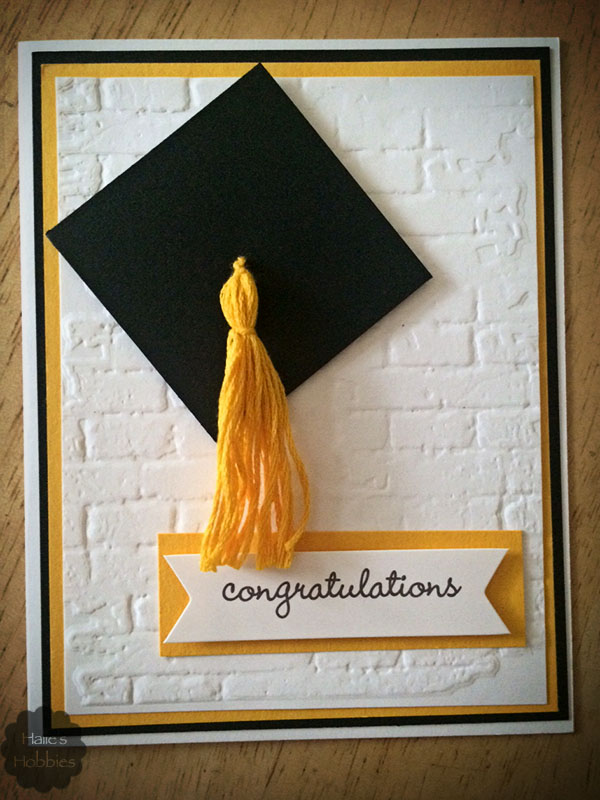
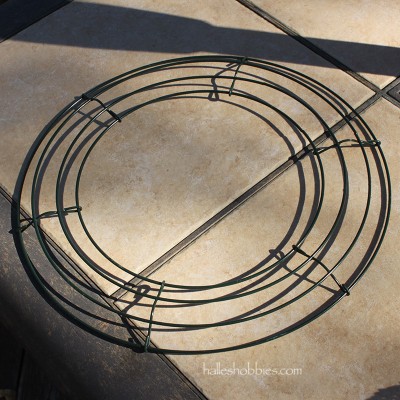
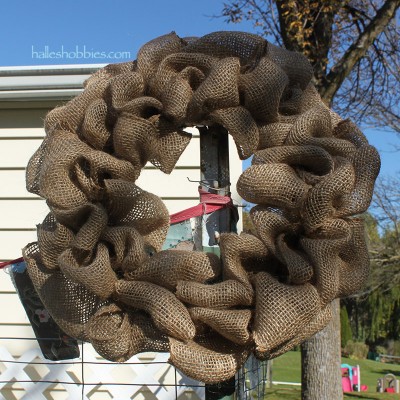
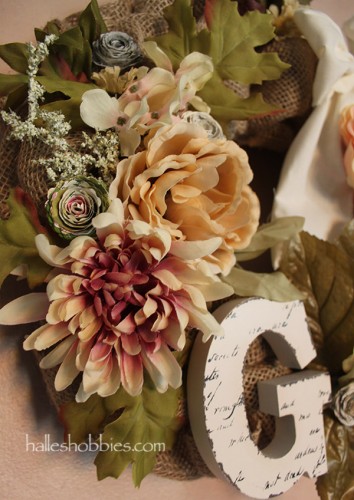 The monogram was from the dollar section and sort of set the tone. Knowing it would end up somewhere in our livingroom, I wanted to find colors that would blend nicely.
The monogram was from the dollar section and sort of set the tone. Knowing it would end up somewhere in our livingroom, I wanted to find colors that would blend nicely.